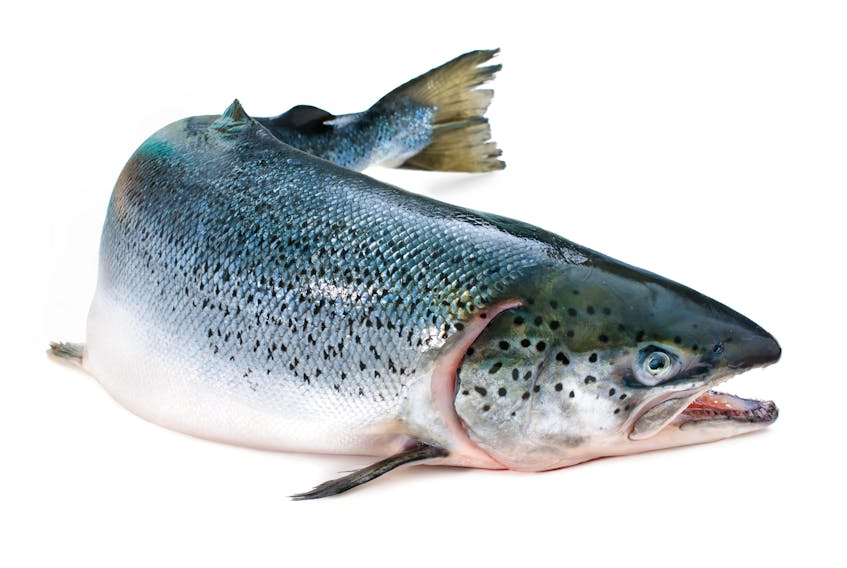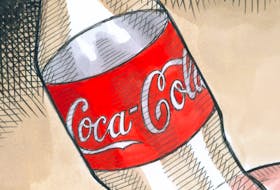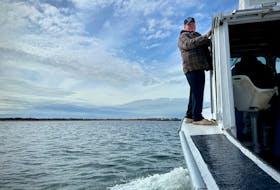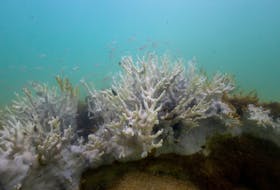The lack of salmon in our rivers and oceans is a tragedy and somewhat of a mystery. The lower number of larger multi-year fish is due in part to high-seas overfishing off Greenland. This, however, doesn’t explain the decline of the smaller one-year grilse stock.
During the late 50’s and early 60’s, when I was a commercial harvester, salmon were relatively plentiful despite a multitude of negative factors.
The commercial harvest was in full swing and every headland would have a salmon net from early May until the end of the summer.
Trap crews routinely captured several hundred salmon as bycatch.
Recreational anglers were allowed six fish a day
Paper mills routinely dammed and flooded salmon streams for wood transport destroying spawning beds and young fish.
Related story:
N.L. Atlantic salmon counts are concerning: DFO
Those negative factors have not been in existence for the past 30 years and during that time I have been hopefully awaiting the return of our salmon.
While there is some indication that environmental factors have played a role, we should examine the role of our activities.
The greatest period of mortality is during the 12-15 months from the time the young smolt enters the ocean until they return to the river to spawn. 95 per cent of those fish fail to return. Why?
So, what are we doing today that we didn’t do in the 60’s? In my opinion, the main change is the commercial large scale harvesting of capelin using traps and purse seines.
A young smolt, newly arrived to the ocean will be attracted to a caplin school where food is abundant. Similarly, a year later, an adult fish would be attracted to the same caplin school. In 2015 I did some rough calculation as to the number of caplin that was harvested that year. The result was 1,600,000,000 — that’s 1.6 billion fish.
The commercial caplin fishery is highly mechanized. The fish are pumped from seine to boat and from boat to plant without much visual examination. The relative number of salmon to caplin will be extremely small. If there was one salmon smolt among 10,000 caplin, the resulting mortality would be eight times the number of salmon retained by the recreational fishery during 2017.
During the past few years or so a number of reasons have been advanced for the closure/reduction of the caplin fishery.
Could this be another?
Barry Darby
St. John’s









